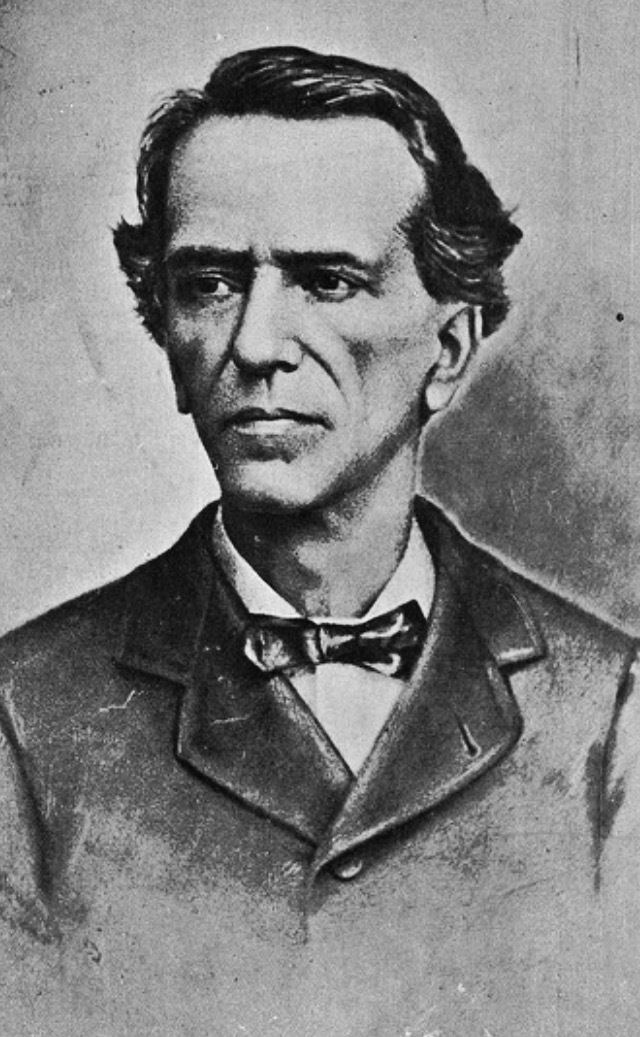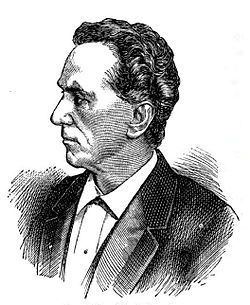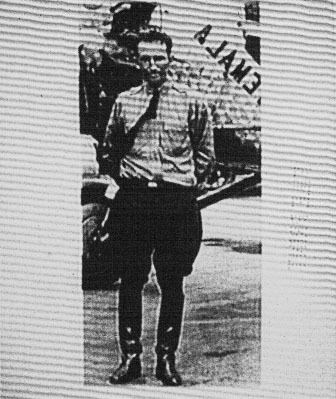Role Political figure Name Miguel Granados | Religion Roman Catholicism | |
 | ||
Children Maria Garcia Granados y Saborio | ||
Miguel garcia granados
Miguel García Granados y Zavala (September 29, 1809 – September 8, 1878) was President of Guatemala from 29 June 1871 to 4 June 1873. He was an influential figure in the broad sweep of 19th century Guatemalan history.
Contents
- Miguel garcia granados
- Pelea de locas miguel garcia granados j m
- Biography
- After leaving office
- Death
- Additional information
- References

Pelea de locas miguel garcia granados j m
Biography

García Granados was born in Puerto de Santa María, Spain, and, as a young adolescent, was brought to Central America. He was a member of a very wealthy military family. He visited several places at the age of twenty-three. The places included South America, the European continent, and the cities of New York and Philadelphia in the US. García Granados completed his schooling in London.

To Guatemalans, García Granados was known as a moderate liberal. He had compromised with Rafael Carrera, and always wanted to get along with Vicente Cerna, his successor. Failing to get along and known to be sympathetic with the revolt against the government, García Granados fled to exile and was supported by Guatemalan liberals. After going back to Guatemala, García Granados became the leader of the revolution against General Vicente Cerna, eventually becoming known as its philosopher. García Granados played a key part in the regime of Justo Rufino Barrios, the founder of "the army of 45 men". He served as a provisional president from 1871 to 1873 after the liberal victory of Guatemala City. Despite many difficulties, García Granados wanted to regularize the government by constructing a lawful regime. Following in 1872, the president invaded Honduras, where he decreed freedom of the press and expelled the Jesuits.

García Granados and his successor, Barrios, appeared to support as many liberal revolts as possible. During his presidency, García Granados created, by decree, the Guatemalan flag which remains almost identical to his version, produced in 1871. During his presidency Garcia Granados gave support to education and the arts. In 1871 he invited the Italian conductor Pietro Visoni to stay in Guatemala and become the director of the main military band. Visoni went on to found the Martial Symphony Band and the School of Substitutes (Escuela de Substitutos) which functioned as the first formal music conservatory in Central America. After García Granados stepped down, Barrios served as president until the mid-1870s.
After leaving office

García Granados retired from public and spent the rest of his day writing a number of articles for the Guatemalan magazines and newspapers; several accounts of the time when he was the leader of the liberal forces and when he was president; an essay about the monetary issue, two volumes with his Memoirs. All filled out with interesting historical data.
In 1877 arrived to Guatemala the great Cuban José Martí, who started teaching in the just founded Instituto Nacional Central para Varones and Escuela Normal para Varones. In those days, all the faculty of both high schools had very bright intellectuals, including Spaniard politician Valero Pujol, German engineer Edwin Rockstroh and Cuban poet José Joaquín Palma, who used to gather every night to have intellectual conversations. In one of those meeting, Martí met the brilliant and pretty lady María García Granados y Saborío, general García Granados daughter; in spite of being engaged to a Cuban lady, Martí started visiting the Garcia Granados residency, where he frequently played chess with the general and pay his respects to María. María fell in love with Martí, but he could not correspond her, and after a sudden trip to Mexico in early 1878, came back to Guatemala, already married. María tried to reach him, but he gave her a cold shoulder and left Guatemala for good after a few months. Just after a few weeks after his departure, María died, followed shortly after by her father. Years later, in 1891, Martí wrote a beautiful poem in her memory, named La Niña de Guatemala, in which he implies that she died from love.
Death
Garcia Granados died on September 8, 1878; he was 69 years old. His wake was attended by cabinet members, Army officers, Senate members, the City Mayor and many Guatemalans that mourned the death of their former leader; he was laid to rest in the old San Juan de Dios Cemetery. His admonition was pronounced by Doctor Lorenzo Montúfar y Rivera, a famous liberal professor and diplomat of the time.
In 1894, his remains were transferred to a new monument erected in his honor at the new General Cemetery.
